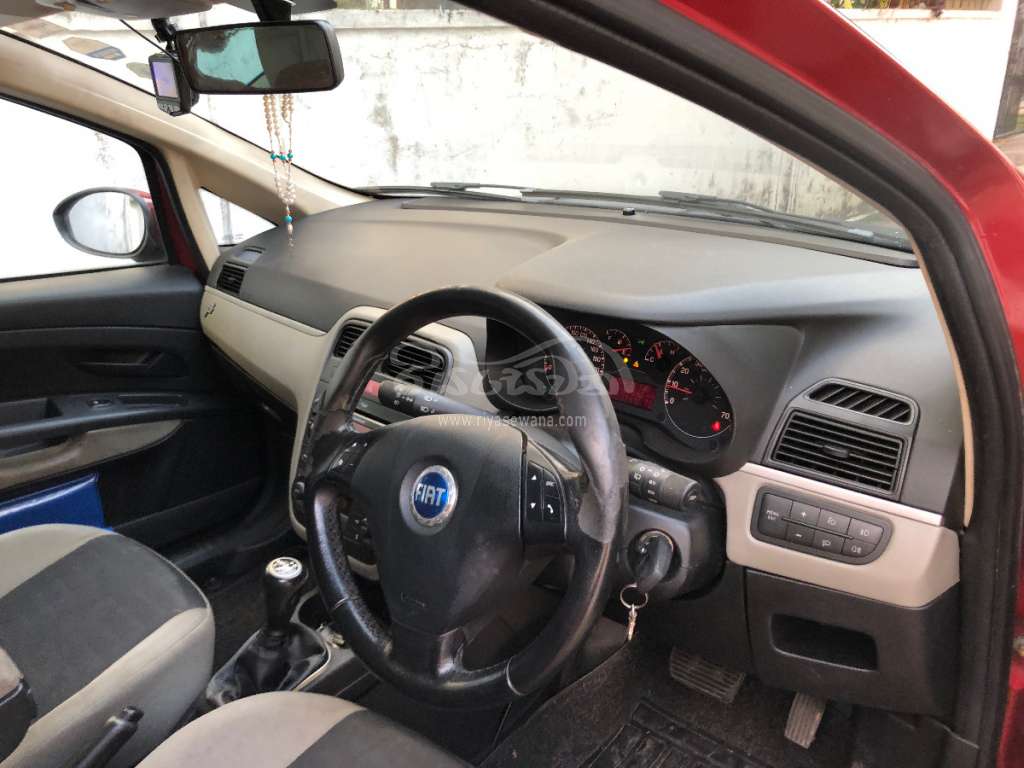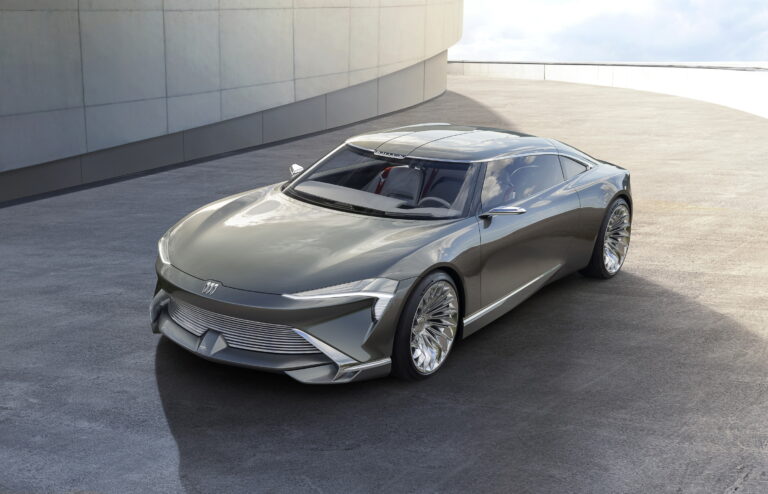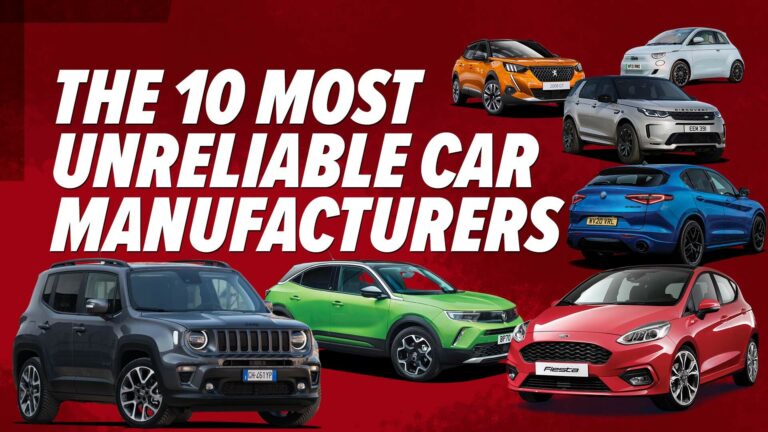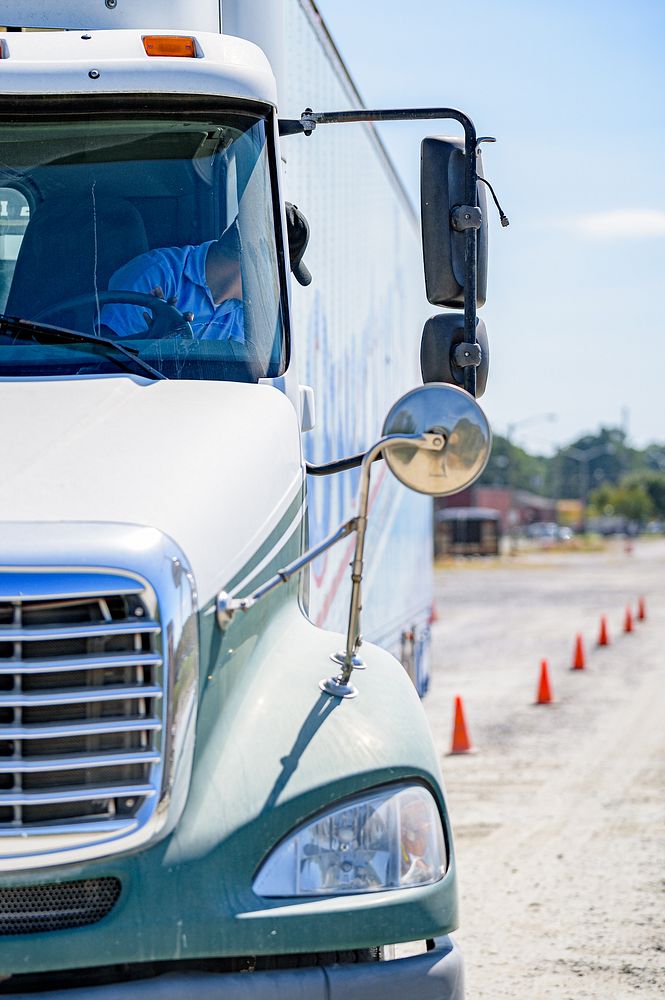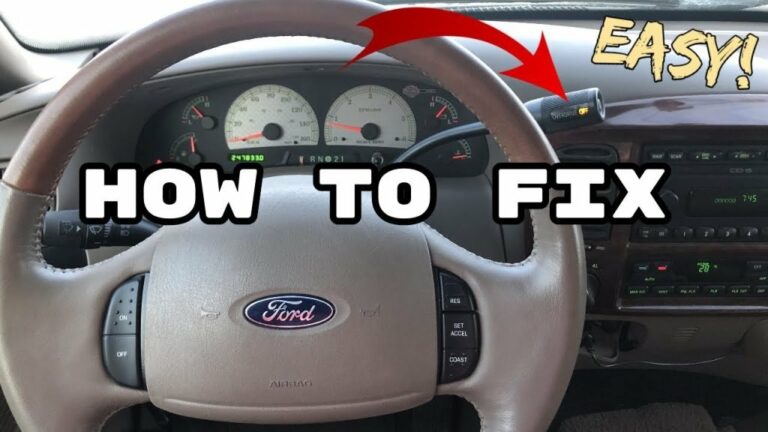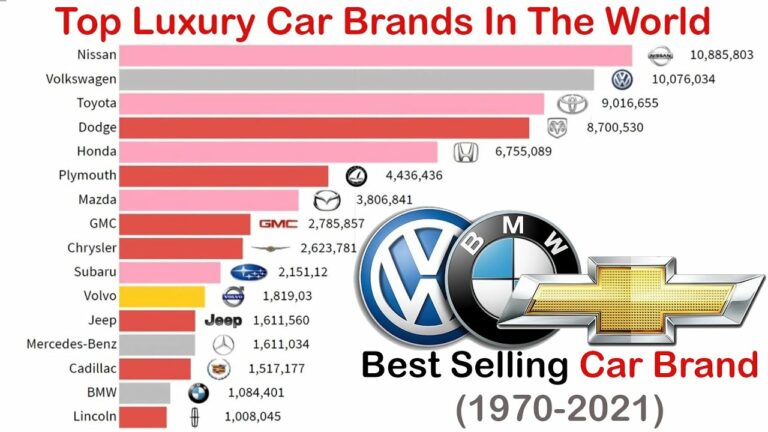Us Car Brand Controlled By Fiat: A Deep Dive into the Fiat-Chrysler Era
Us Car Brand Controlled By Fiat: A Deep Dive into the Fiat-Chrysler Era cars.truckstrend.com
The automotive industry is a tapestry woven with mergers, acquisitions, and strategic alliances. Among the most significant and transformative of these in recent history was the unexpected yet ultimately successful acquisition of a major American car brand by an Italian automotive giant. This article delves into the fascinating story of Us Car Brand Controlled By Fiat, specifically focusing on the period when Fiat S.p.A. took the reins of the ailing Chrysler Group, reshaping its destiny and laying the groundwork for what would become one of the world’s largest automotive conglomerates, Stellantis.
This journey is not merely a tale of corporate finance; it’s a narrative of cultural integration, technological exchange, and the strategic revitalization of iconic American marques like Jeep, Dodge, and Ram, all under the guiding hand of Fiat. Understanding this period is crucial for anyone interested in the evolution of these brands, their current product offerings, and the broader landscape of the global automotive market.
Us Car Brand Controlled By Fiat: A Deep Dive into the Fiat-Chrysler Era
The Genesis of Control: Fiat’s Acquisition of Chrysler
The story of Fiat’s control over a major US car brand begins in the tumultuous economic climate of 2009. The global financial crisis had brought the American auto industry to its knees, pushing both General Motors and Chrysler LLC to the brink of collapse. As part of a government-backed bailout, Chrysler was forced into bankruptcy. It was at this critical juncture that Fiat S.p.A., led by the visionary Sergio Marchionne, stepped in.
Fiat, then primarily known for its compact cars in Europe, saw an unprecedented opportunity. While many viewed Chrysler as a sinking ship, Marchionne recognized its underlying potential: a robust dealer network in the lucrative North American market, strong truck and SUV brands (Jeep and Ram), and a manufacturing footprint that, with the right strategic adjustments, could be revitalized.
The initial agreement was groundbreaking: Fiat received a 20% equity stake in the "new Chrysler" (Chrysler Group LLC) without any cash payment upfront. Instead, the stake was granted in exchange for providing access to its small-car platforms, fuel-efficient engine technology, and management expertise. Over the subsequent years, Fiat progressively increased its ownership, reaching a majority stake by 2011 and full ownership by 2014, when Chrysler Group LLC was officially merged into Fiat S.p.A. to form Fiat Chrysler Automobiles (FCA). This marked the definitive period of a major US car brand being controlled by Fiat.
The Brands Under the Umbrella: Jeep, Dodge, Ram, and Chrysler
Under Fiat’s stewardship, the distinct identities of Chrysler’s core brands were largely maintained, but their strategies, product development, and global reach underwent significant transformation.
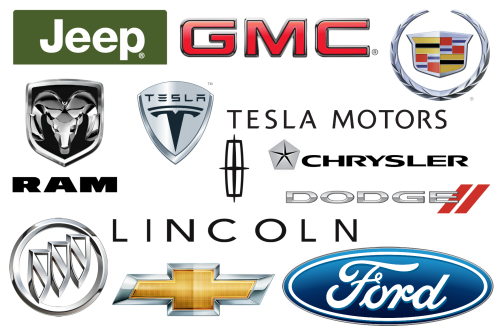
Jeep: The Global Icon’s Ascent
Perhaps the biggest success story of the Fiat-Chrysler alliance was Jeep. Fiat recognized Jeep’s unparalleled global brand equity and its immense potential beyond North America.
- Global Expansion: Fiat’s international footprint provided Jeep with immediate access to new markets, particularly in Europe, Asia, and Latin America. Production facilities were established outside the US (e.g., Brazil, China, India) to cater to local demand.
- Platform Sharing: While the iconic Wrangler retained its unique body-on-frame architecture, smaller Jeeps like the Renegade and Compass adopted Fiat-derived platforms (e.g., the Small Wide 4×4 platform), allowing for better fuel efficiency, ride comfort, and economies of scale.
- Product Diversification: The lineup expanded to include more road-friendly SUVs while maintaining its off-road prowess, broadening its appeal to a wider customer base.

Dodge: Performance and Pragmatism
Dodge, known for its muscle cars and family vehicles, saw a clearer focus emerge under Fiat.
- Performance Reinforcement: Fiat doubled down on Dodge’s performance heritage, leading to the creation of high-horsepower monsters like the Hellcat and Demon variants of the Charger and Challenger, cementing Dodge’s reputation as America’s performance brand.
- Rationalized Lineup: Some less profitable models were phased out, and the brand focused on its core strengths: full-size sedans, muscle cars, and SUVs (Durango). The venerable Grand Caravan minivan continued its run for many years.
- Platform Evolution: While some platforms remained in use for extended periods, there was an emphasis on refining existing models and integrating new technologies, particularly in powertrain development.

Ram: The Standalone Truck Powerhouse
Before Fiat’s acquisition, Ram was a model line under Dodge. Marchionne’s strategic decision to spin Ram off as a standalone brand in 2010 was a masterstroke.
- Dedicated Focus: This move allowed Ram to concentrate solely on the highly competitive and profitable truck and commercial vehicle market.
- Investment in Innovation: Ram trucks received significant investment in design, technology, and capability, leading to advancements like the RamBox cargo management system and class-leading interiors.
- Market Share Gains: Ram consistently chipped away at the market dominance of Ford and GM, becoming a formidable contender in the full-size pickup segment.
Chrysler: The Premium Reimagining (and Challenges)
Chrysler, the namesake brand, faced the most significant challenges and strategic shifts.
- Reduced Lineup: The brand’s model count was drastically reduced, focusing primarily on the Pacifica minivan (a segment Chrysler pioneered) and the 300 sedan.
- Premium Aspirations: There was an attempt to position Chrysler as a more premium, technology-focused brand, but this vision faced hurdles, particularly in a competitive market segment.
- Innovation in Minivans: The Pacifica introduced significant innovations, including the Stow ‘n Go seating, hybrid powertrain options, and advanced safety features, reinforcing Chrysler’s leadership in the minivan segment.
Strategic Synergies: Benefits of the Fiat-Chrysler Alliance
The integration of Fiat and Chrysler brought numerous tangible benefits that revitalized the American brands and strengthened the combined entity.
- Platform Sharing and Economies of Scale: This was a cornerstone of the strategy. Sharing platforms across brands (e.g., the Small Wide platform used for Jeep Renegade/Compass and Fiat 500X) significantly reduced development costs and manufacturing complexity.
- Engine and Transmission Technology Exchange: Fiat’s expertise in small, fuel-efficient engines (like the MultiAir technology) found its way into some Chrysler products, while Chrysler’s robust Pentastar V6 engine became a workhorse across multiple FCA vehicles globally.
- Global Market Access: Fiat’s established international network provided an immediate gateway for Jeep and Ram to expand their sales beyond North America, diversifying revenue streams. Conversely, Chrysler’s North American presence opened the lucrative US market to Fiat’s brands (though Fiat brand sales in the US remained modest).
- Cost Efficiencies and Supply Chain Optimization: Combining purchasing power and streamlining supply chains led to significant cost savings.
- Management Expertise and Vision: Sergio Marchionne’s relentless focus on operational efficiency, lean manufacturing, and aggressive debt reduction transformed Chrysler’s financial health and instilled a new sense of urgency and strategic direction.
Navigating the Roadblocks: Challenges and Criticisms
Despite its successes, the Fiat-Chrysler era was not without its difficulties and criticisms.
- Product Development Pacing: Some critics argued that product updates and new model introductions for certain brands (particularly Chrysler and Dodge) were slow, leading to an aging product portfolio in specific segments.
- Brand Identity Dilution Concerns: While overall brand identities were largely maintained, some purists worried about the "Italianization" of American brands or the loss of their unique character, particularly with platform sharing.
- Cultural Integration: Merging two companies with distinct corporate cultures (American pragmatism vs. Italian flair) presented ongoing challenges in terms of communication, decision-making, and employee morale.
- Reliance on Key Markets/Segments: Despite diversification, the combined entity remained heavily reliant on the highly profitable truck and SUV segments in North America, making it vulnerable to market shifts.
- Fiat Brand Performance in North America: The Fiat brand itself struggled to gain significant traction in the highly competitive US market, despite the parent company’s successful revitalization of Chrysler’s brands.
Practical Advice and Actionable Insights for Consumers
For consumers and enthusiasts, understanding the Fiat-Chrysler era provides valuable insights:
- Product Lineage: Many current vehicles from Jeep, Dodge, and Ram trace their direct lineage or platform roots back to the FCA era. This understanding can inform purchasing decisions, especially for used vehicles.
- Engine Reliability: The Pentastar V6, a staple of the FCA era, is generally considered a reliable and robust engine, found in numerous models. Fiat’s MultiAir technology, while efficient, had a steeper learning curve for some mechanics.
- Platform Awareness: Vehicles sharing platforms (e.g., Jeep Renegade/Compass, Fiat 500X) often share common parts and characteristics, which can be useful for maintenance or understanding driving dynamics.
- Brand Focus: If you’re looking for performance, Dodge vehicles from this era (especially Hellcats) are iconic. For off-road capability, Jeep remains the benchmark. For heavy-duty work or luxurious truck interiors, Ram is a strong contender. Chrysler excels in minivans.
The Evolution to Stellantis: A New Chapter
The story of Fiat’s control over US car brands didn’t end with FCA. In 2021, Fiat Chrysler Automobiles merged with PSA Group (the parent company of Peugeot, Citroën, Opel, and Vauxhall) to form Stellantis. This monumental merger created the world’s fourth-largest automaker by volume, with an even more diverse portfolio of brands and a truly global reach.
Under Stellantis, the US brands (Jeep, Dodge, Ram, Chrysler) continue to operate with their distinct identities, but now benefit from even greater scale, shared technologies (especially in electrification and software), and a broader talent pool. The legacy of Fiat’s intervention and strategic guidance remains a foundational element, having transformed these brands from near-extinction to vital components of a global automotive powerhouse.
Table: Market Positioning and Representative Price Ranges of US Brands Under FCA (2014-2020 Era)
This table provides an overview of the US brands controlled by Fiat (under the FCA umbrella) and their general market positioning and typical price ranges for their core models during that period. Please note that exact prices vary widely based on trim, options, year, and market conditions.
| US Brand | Parent Company (Era) | Primary Market Segment | Key Models (FCA Era) | Representative Price Range (New, US$, Est.) | Key Strategic Focus under FCA |
|---|---|---|---|---|---|
| Jeep | Fiat Chrysler (FCA) | SUV, Off-Road, Crossover | Wrangler, Grand Cherokee, Cherokee, Renegade, Compass | $25,000 – $70,000+ | Global expansion, diversified SUV lineup, maintaining off-road prowess. |
| Dodge | Fiat Chrysler (FCA) | Performance, Family, SUV | Charger, Challenger, Durango, Grand Caravan | $30,000 – $85,000+ | Reinforcing muscle car heritage, rationalizing lineup, family utility. |
| Ram | Fiat Chrysler (FCA) | Trucks, Commercial Vehicles | Ram 1500, 2500/3500, ProMaster | $35,000 – $90,000+ | Independent brand focus, innovation in truck features, market share growth. |
| Chrysler | Fiat Chrysler (FCA) | Minivan, Premium Sedan | Pacifica, 300, Voyager (later) | $35,000 – $55,000+ | Minivan leadership, premium aspirations, reduced model count. |
Frequently Asked Questions (FAQ)
Q1: What exactly does "Us Car Brand Controlled By Fiat" refer to?
A1: It refers to the period from 2009 to 2021 when Fiat S.p.A. (later Fiat Chrysler Automobiles, FCA) owned and managed the Chrysler Group, which included iconic American brands like Jeep, Dodge, Ram, and Chrysler.
Q2: Why did Fiat acquire Chrysler?
A2: Fiat acquired Chrysler during its 2009 bankruptcy, viewing it as a strategic opportunity to gain a strong foothold in the North American market, access its dealer network, and utilize its truck and SUV expertise, in exchange for Fiat’s small-car platforms and engine technology.
Q3: How did Fiat’s control impact brands like Jeep and Dodge?
A3: Fiat’s control revitalized these brands. Jeep saw massive global expansion and diversified its SUV lineup. Dodge reinforced its performance heritage with high-horsepower models. Ram was spun off as a standalone brand and became a strong competitor in the truck segment. Chrysler focused on its minivan leadership.
Q4: Was the merger successful?
A4: Generally, yes. Fiat’s control saved Chrysler from liquidation and transformed it into a profitable entity, creating a strong foundation for the eventual merger into Stellantis. It led to significant cost savings, platform sharing, and global market access.
Q5: Are these US brands still controlled by Fiat today?
A5: Not directly by Fiat S.p.A. Fiat Chrysler Automobiles (FCA) merged with PSA Group (Peugeot, Citroën, etc.) in 2021 to form Stellantis. So, while Fiat’s legacy is deeply embedded, these US brands are now part of the broader Stellantis portfolio, which is a truly multinational corporation.
Q6: What were some of the challenges faced during the Fiat-Chrysler era?
A6: Challenges included cultural integration, the pacing of new product development for some brands, concerns about brand identity dilution, and the overall reliance on the North American truck and SUV market.
Concluding Summary
The story of "Us Car Brand Controlled By Fiat" is a compelling testament to strategic vision, corporate resilience, and the power of cross-continental collaboration. What began as a desperate bailout in 2009 evolved into a transformative partnership that revitalized iconic American brands, injected new life into their product lineups, and expanded their global reach. Under Fiat’s guidance, Chrysler Group not only survived but thrived, becoming a key component of Fiat Chrysler Automobiles (FCA).
This period was instrumental in shaping the current automotive landscape, directly influencing the vehicles we see on the roads today from Jeep, Dodge, Ram, and Chrysler. While the direct "control by Fiat" has now transitioned into the larger Stellantis conglomerate, the strategic decisions, technological exchanges, and cultural integrations forged during the Fiat-Chrysler era continue to define the identity and future trajectory of these beloved American automotive brands. It’s a powerful reminder that even in an industry as traditional as automotive, innovation and strategic partnerships can lead to unexpected and profound transformations.
